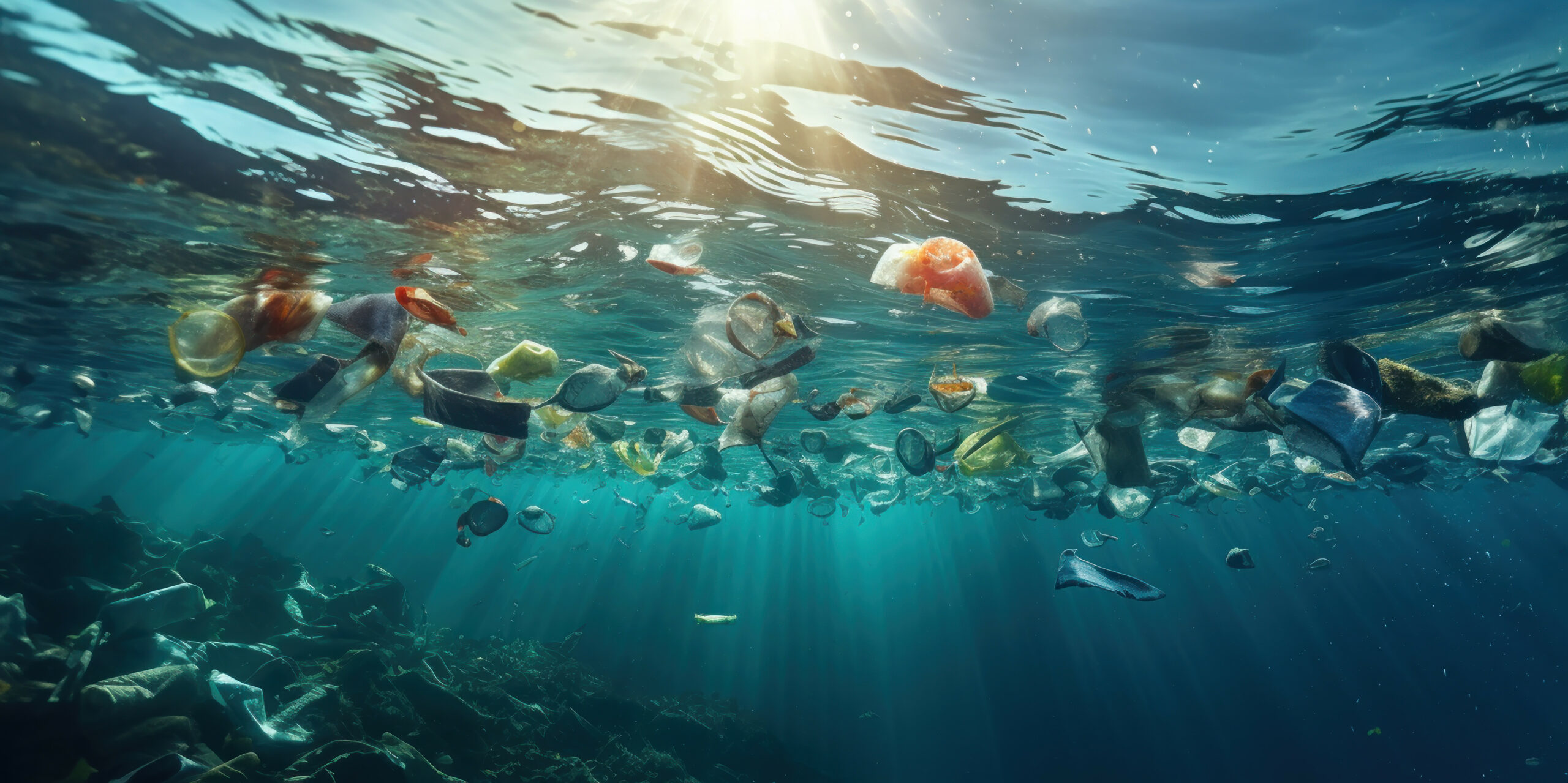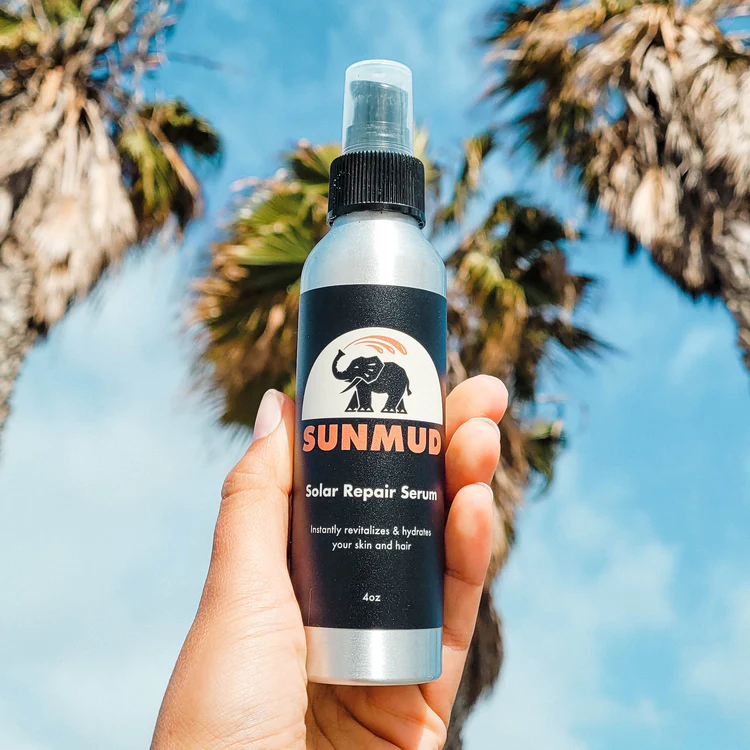By Robert Mraz, SeaWorld San Diego Aviculturist
It’s a mild, overcast morning near the salt ponds in Imperial Beach. The faint sound of construction across the Bayshore Bikeway is mixed with sounds of rabbits rustling in the salt bushes and the call of spindly black and white shorebirds over the water – black-necked stilts. Soon this section of the San Diego Bay National Wildlife Refuge will also be full of the sounds of eager 6th graders from National City. The children will learn about native and invasive plants, even getting a chance to plant one of their very own with the U.S. Fish & Wildlife Service. What excites me the most, and I hope to transfer that excitement to these budding conservationists, is our bird watching station.
Birds, after all, are my specialty. As an aviculturist at SeaWorld San Diego, I take care of dozens of birds of all different species every day. Today I will be teaching the kids how to use binoculars and identify as many of the more than 100 resident and migratory bird species we see around the Wildlife Refuge, and just in time for the 100th anniversary of the Migratory Bird Treaty, signed a century ago between the U.S. and Canada!
The bus arrives. Thirty-two young, boisterous 6th grade students walk single-file down the path, their yellow Rite-in-the-Rain journals and pencils in hand. After a brief introduction, the kids are split into teams and I get to meet my first group of the day. At the birding station, I have a table set up with REI binoculars, bird ID charts and books, and laminated cards depicting bird beak and feet adaptations. First, we do a little binocular practice. It takes the kids a minute to find the white sign and yellow fire hydrant I’ve pointed out to them, and then they are ready to go.
 “Look to the right,” I instruct them. “Look along the Otay River. Now look left. Do you notice all the different kinds of birds out here? Pay particular attention to the distinguishing characteristics. If the birds have long pink legs, take note.”
“Look to the right,” I instruct them. “Look along the Otay River. Now look left. Do you notice all the different kinds of birds out here? Pay particular attention to the distinguishing characteristics. If the birds have long pink legs, take note.”
“If the birds have downward-curving bills, take note of that, too,” I add. I give the kids a few minutes to look at the different birds foraging along the Otay River. Yesterday we saw a killdeer, and we talked to the kids about the bird’s “broken wing” display. Today I point out an osprey hovering above, and the kids are in for a real treat: suddenly the raptor swoops down, catching a fish right out of the river with its sharp talons, lands on the levee, and eats its prey – all within plain sight of the 6th grade class. What a show!
At the end of the trip, after everyone has looked through the microscopes, planted, pulled weeds, observed wildlife, and created drawings of birds in their journals, it is time to say goodbye. Now these kids are able to go back to school and compare journals – those who saw the osprey can tell their classmates what an osprey is and how it hunts for food. Those who saw an American avocet can tell their classmates about its uniquely upturned bill.
It certainly is a lot of fun  working with the next generation of environmentalists. I am grateful to partner with the U.S. Fish & Wildlife Service and Ocean Connectors to share my expertise, passion, and knowledge of birds gained from working at SeaWorld’s Bird Conservation and Rescue Center.
working with the next generation of environmentalists. I am grateful to partner with the U.S. Fish & Wildlife Service and Ocean Connectors to share my expertise, passion, and knowledge of birds gained from working at SeaWorld’s Bird Conservation and Rescue Center.



